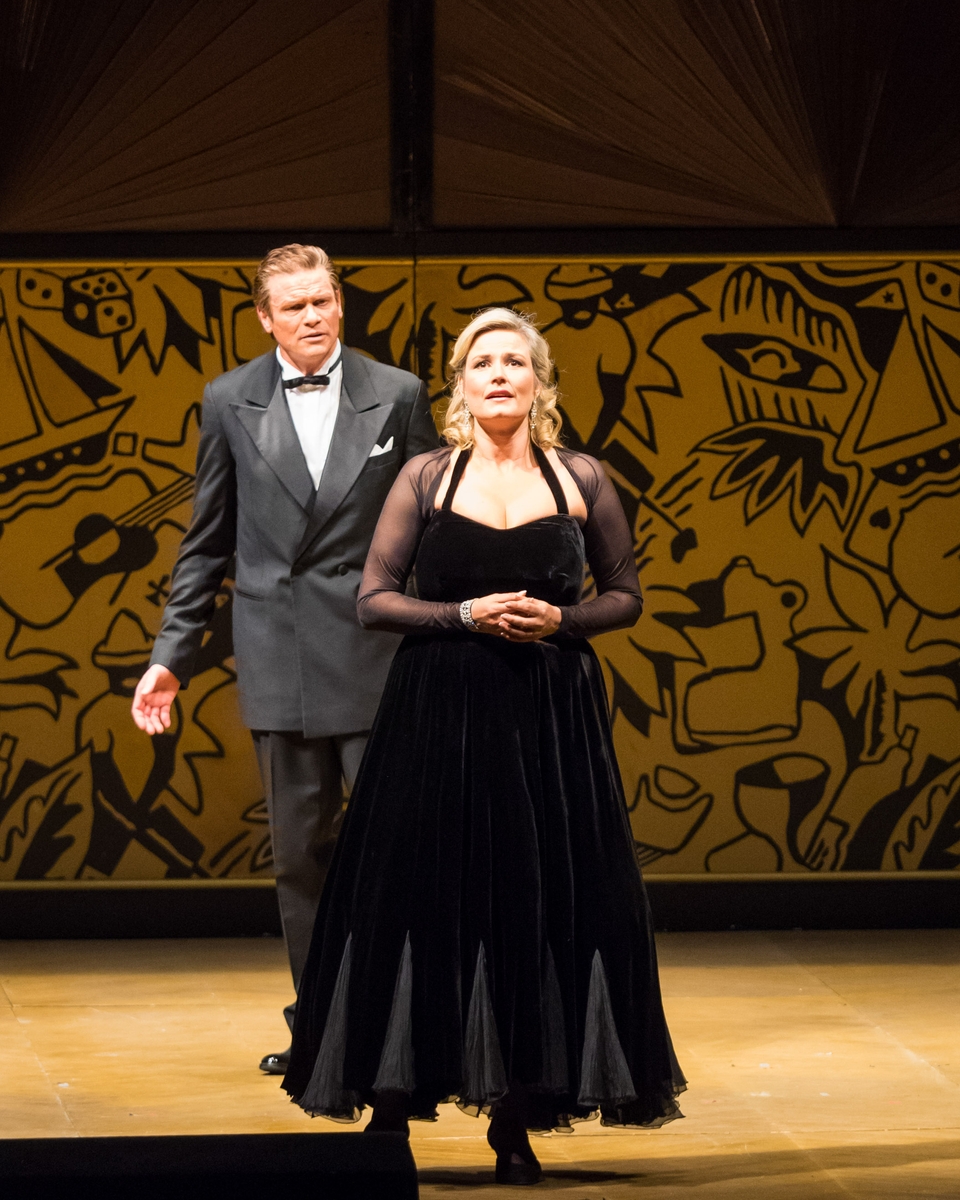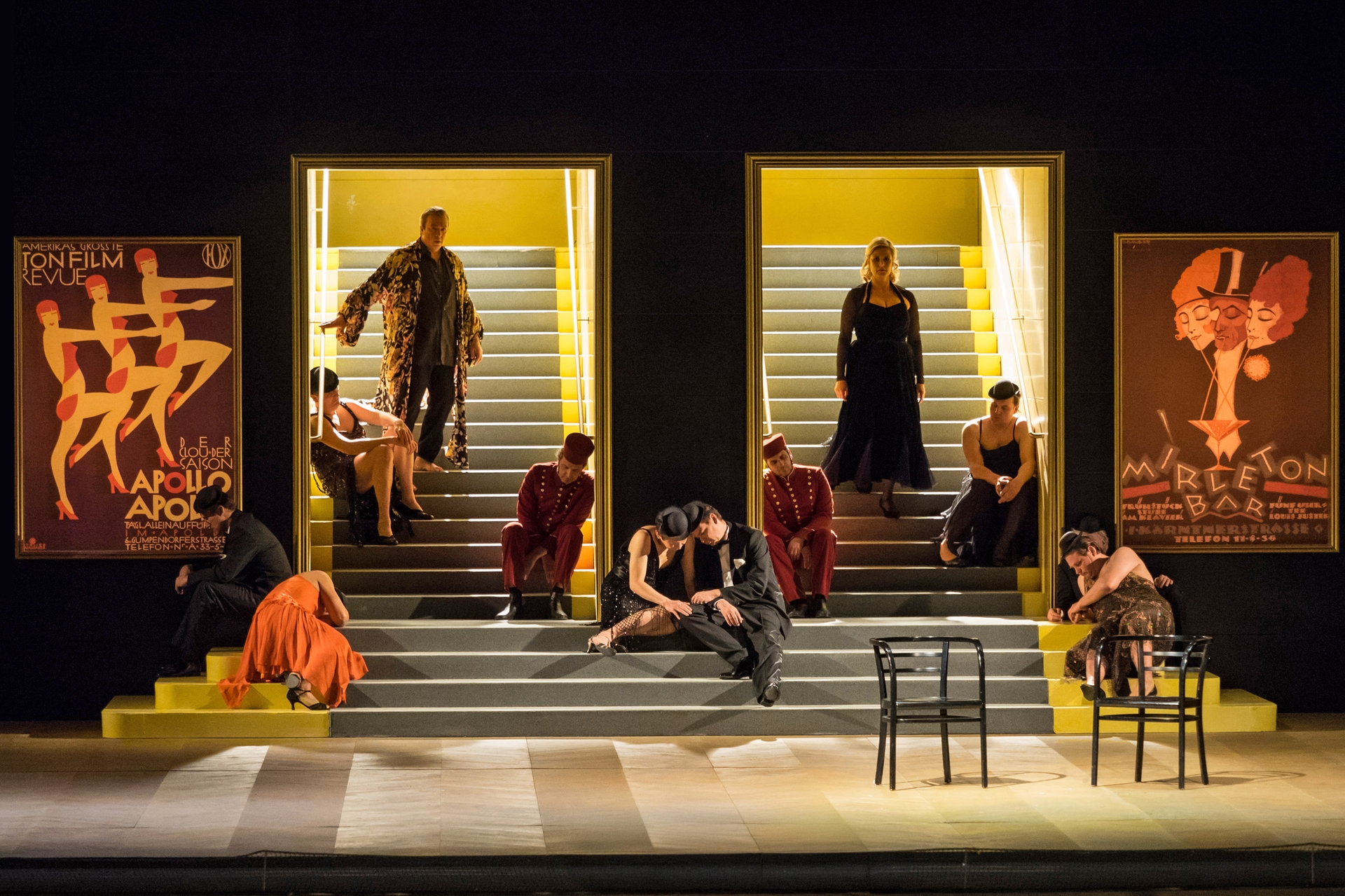Love happiness without icing
Feature |
How did it all begin? And when? Answer: Very early on. In 1910, almost 25 years before the premiere of the opera, when Hugo von Hofmannsthal wrote a short novella (more of a draft) entitled Lucidor. It is about an impoverished widow who has two daughters: the older Arabella and the younger Lucile. However, the latter is not allowed to be a woman on the outside, as the financial situation forces the family to save money - and Lucile to disguise herself as a young man, Lucidor, as it is cheaper to have a son. "It was easier to live with one daughter than with two of not quite the same age; after all, the girls were almost four years apart, so you could get away with less." This set the stage for a game of confusion - and according to Hofmannsthal's plan, this was to grow into a full-blown comedy. But this never happened. The text lay fallow - until the composer Richard Strauss asked his favorite poet Hofmannsthal for another libretto, "a second Rosenkavalier without its flaws and lengths".
After several intermediate steps, Hofmannsthal finally outlined his new opera text as one that "is not inferior to Die Fledermaus in terms of humor - and is related to Der Rosenkavalier ". They worked together, but Hofmannsthal would not live to see the premiere in Dresden in 1933; he died as a result of a stroke.

KS BO Skovhus as Mandryka & KS Camilla Nylun as Arabella (2017).
In the current series Michael Volle sings Mandryka
Much of the opera Arabella is recognizable from Lucidor: Vienna as the setting, the disguise, individual characters. And yet the opera is different, not only in terms of a much more complex plot: the character of Arabella is enhanced, she is now the central figure - and she is given much more positive character traits than in the novella. It is also new that the main focus is on her happiness in love, which she experiences with Madryka, a Croatian count. It is significant in this context that they both fall in love at first sight and that a fortune teller at the beginning of the opera predicts the basic trend of events. So there is a lot going on in this deeply romantic opera: a kind of destiny for each other, trust, faith and ultimately the happiness that the right person - despite all the difficulties - actually exists.
Incidentally, this is also underlined musically. The real "hit" of this opera, which has nothing at all pop-like about it, is a duet sung by Arabella and her sister: "The right one, if there is one for me / he will look at me and I will look at him / and there will be no doubts and no questions". Incidentally, the melody of this beguiling and unforgettable scene is not an original Strauss: the composer borrowed it from a Slavic folk song. The fact that this melody can already be heard in the scene with the fortune teller in the underground only shows once again how much Mandryka and Arabella belong together from the very beginning.
Arabella was staged by Lothar Wallerstein at the Vienna State Opera in the year of its premiere, with the great Lotte Lehmann in the title role. However, it wasn't until 1959 that a State Opera Arabella really took off in terms of numbers, when the third new production was staged: Joseph Keilberth conducted, Lisa Della Casa sang the title role, and this production was performed a total of 100 times.
in 2006, the current production celebrated its premiere - directed by Sven-Eric Bechtolf. He shifted the plot to the time when the opera was written, i.e. the 1930s, in order to avoid the danger of telling "a love story from a bygone era".
In addition to remarkable singers, the current revival also features a great conductor: Christian Thielemann, who has already been celebrated this season for his Palestrina revival, adds another work to his state opera repertoire with this Strauss opera.
